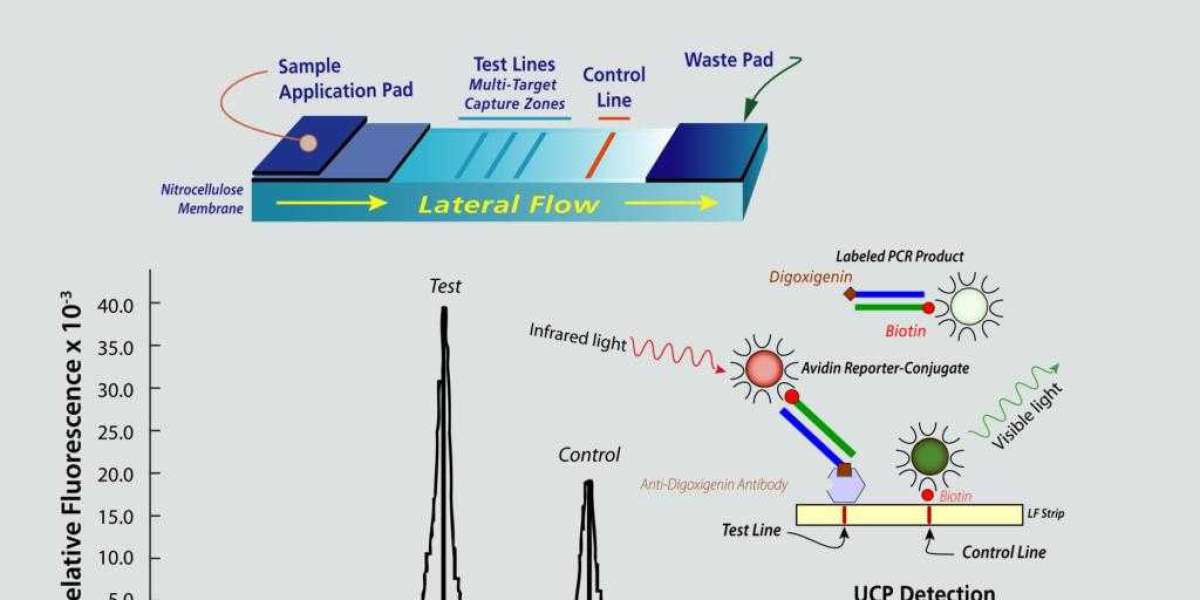As renewable energy solutions become more accessible, solar power is emerging as one of the most viable options for homeowners and businesses alike. But with so many choices available, finding the right solar panel system can feel overwhelming. This comprehensive guide will help you navigate the key factors in selecting a solar panel system that suits your energy needs, budget, and location. Whether you're completely new to solar energy or just need some direction, this guide is designed to make the decision-making process easier.
Understanding the Basics of Solar Energy
Before diving into system selection, it's essential to understand how solar energy works. Solar panels, also known as photovoltaic (PV) panels, convert sunlight into electricity. These panels are composed of multiple solar cells, usually made from silicon, that capture sunlight and convert it into direct current (DC) electricity. A device known as an inverter converts the DC electricity into alternating current (AC), which can be used to power your home or business.
The basic setup of any solar system includes solar panels, an inverter, and a mounting structure to secure the panels on your roof or ground. To maximize efficiency, it's important to consider the climate and angle of installation, as well as potential shading issues.
Factors to Consider When Choosing a Solar Panel System
1. Types of Solar Panels
The market offers three primary types of solar panels, each with its strengths and weaknesses:
Monocrystalline Solar Panels
Monocrystalline panels are known for their high efficiency and sleek black appearance. These panels are made from a single, continuous silicon crystal, which allows them to produce more electricity in smaller spaces. Their high efficiency also means they perform better in low-light conditions, making them ideal for areas with varying sunlight. However, monocrystalline panels tend to be more expensive than other options.Polycrystalline Solar Panels
Polycrystalline panels are made from silicon fragments melted together. These panels are less efficient than monocrystalline panels but are more affordable. They are easily recognizable by their blue hue. While they require more space to generate the same amount of electricity, their lower cost makes them a popular choice for budget-conscious consumers.Thin-Film Solar Panels
Thin-film panels are created by layering photovoltaic materials onto a substrate. These panels are lightweight and flexible, making them ideal for non-traditional installations, such as RVs or curved surfaces. Although thin-film panels are generally less efficient than crystalline silicon panels, they are more durable in extreme temperatures.
2. Energy Needs and System Size
Determining your energy consumption is crucial when selecting a solar panel system. Begin by looking at your electricity bills to understand your average energy usage in kilowatt-hours (kWh). The size of the solar system you need depends on how much of that electricity you want to offset with solar power. Most homes will require between a 3 kW to 6 kW system, depending on factors like the number of occupants, energy efficiency of the home, and local sunlight exposure.
To calculate the right system size, you'll also need to consider the available roof space and how much sunlight your location receives. Generally, regions with more sun will require fewer panels to generate the same amount of energy.
3. Solar Inverter Options
The inverter is a crucial component of any solar panel system, as it converts the DC power generated by the panels into usable AC power. There are three main types of inverters:
String Inverters
String inverters are the most common and cost-effective option. In this setup, multiple solar panels are connected in a "string," and a single inverter converts the electricity for the entire array. While affordable, string inverters can be less efficient if one panel in the array is shaded or underperforming.Microinverters
Microinverters are installed on each panel, allowing them to operate independently. This means that shading or a malfunction on one panel won't affect the others, increasing the system's overall efficiency. Microinverters are typically more expensive than string inverters but can maximize energy production in less-than-ideal conditions.Power Optimizers
Power optimizers combine some benefits of both string inverters and microinverters. They are installed on each panel, ensuring maximum energy production, but work in tandem with a central inverter. This system is more affordable than microinverters but offers similar performance benefits.
4. Roof Suitability and Placement
Your roof's structure, slope, and orientation play a critical role in the efficiency of a solar panel system. Ideally, panels should face south in the Northern Hemisphere and north in the Southern Hemisphere to capture the most sunlight. However, if your roof doesn't allow for optimal placement, an east or west-facing installation can still be effective.
You’ll also want to consider the condition of your roof before installation. If your roof is older and may require repairs or replacement within the next 10 to 15 years, it's a good idea to address these issues before installing a solar panel system. Solar panels typically last for over 25 years, so installing them on a sturdy, well-maintained roof ensures that you won't need to remove them for roofing work anytime soon. The average solar panel installation cost typically ranges from $15,000 to $25,000 for a residential system, depending on various factors.
5. Cost and Financing Options
The cost of installing a solar panel system varies widely depending on the type of panels, the size of the system, and installation complexity. On average, homeowners can expect to pay between $15,000 and $25,000 for a complete system. Fortunately, there are various financing options available to make solar power more affordable:
Solar Loans
Many financial institutions offer solar loans that allow you to spread the cost of installation over several years. Some loans offer no down payment and low-interest rates, making it easier to invest in solar energy.Solar Leases and Power Purchase Agreements (PPAs)
With a solar lease, you essentially "rent" the solar system and pay a monthly fee to use the electricity generated by the panels. In a PPA, you purchase the electricity generated by the system at a set rate. Both options reduce upfront costs but may not provide the same long-term savings as owning the system outright.Tax Incentives and Rebates
Many governments offer tax credits and rebates for installing solar panels. In the U.S., for instance, the federal solar tax credit allows you to deduct a portion of your solar installation costs from your taxes, which can significantly reduce the overall cost. Local and state incentives may also be available, so be sure to research options in your area.
6. Maintenance and Warranties
Solar panels are low-maintenance, but it’s important to keep them clean and free of debris to ensure maximum efficiency. Occasional cleaning and inspections will help the system perform optimally. Additionally, most solar panel manufacturers offer warranties of 20 to 25 years, ensuring that your investment is protected against defects and performance issues.
7. Environmental Impact
Choosing solar energy isn't just a financial decision; it’s an environmentally conscious one. Solar panels generate electricity without emitting greenhouse gases or other pollutants, helping to reduce your carbon footprint. Over the lifespan of the system, you can significantly offset your household’s contribution to climate change. best ev charger australia are essential for electric vehicle owners, providing a convenient way to recharge their cars at home or on the go.
Conclusion
Investing in a solar panel system is a smart way to reduce energy costs and contribute to a more sustainable future. By understanding the types of solar panels, assessing your energy needs, and evaluating your roof’s suitability, you can make an informed decision that meets your financial and environmental goals. With proper planning, your solar system will provide reliable, renewable energy for decades.














